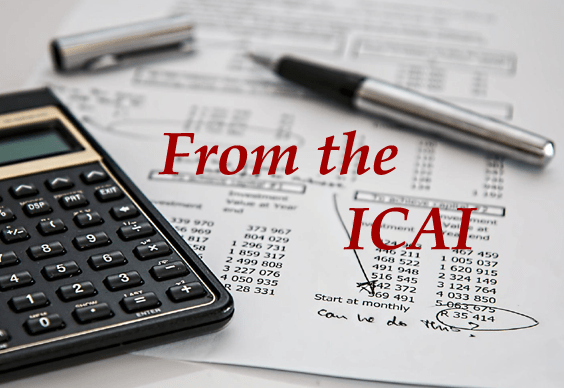Budget unveils 6-year plan to cut debt-to-GDP ratio to 47.5-52% by FY31
Delhi, Feb 1, 2025
The six-year roadmap until FY31 aims to bring down the debt-to-GDP ratio to a range of 47.5-52 per cent from 57.1 per cent in FY25
As expected, Finance Minister Nirmala Sitharaman in her FY26 Budget announced a new glide path with debt to gross domestic product (GDP) ratio as the fiscal anchor, moving away from the current practice of targeting fiscal deficit.
The six-year road map till 2030-31 (FY31) aims to bring down debt to GDP ratio to a range of 47.5-52 per cent from 57.1 per cent in FY25. For FY26, the Budget pegs debt to GDP ratio at 56.1 per cent — assuming nominal GDP growth of 10.1 per cent — effectively aiming to bring it down by 1 percentage point a year.
The debt to GDP range for the period FY27-FY31 is based on three nominal GDP growth scenarios of 10 per cent, 10.5 per cent, and 11 per cent. For each growth scenario, there are three debt to GDP ratio targets such as mild, moderate, and high, depending on the degrees of fiscal consolidation the government wants to target.
“This approach would provide requisite operational flexibility to the government to respond to unforeseen developments. At the same time, it is expected to put the central government debt on a sustainable trajectory in a transparent manner,” said the “Medium Term Fiscal Policy cum Fiscal Policy Strategy Statement” presented along with the Budget.
In her Budget speech, Sitharaman said: “Our endeavour will be to keep the fiscal deficit each year such that the central government debt remains on a declining path as a percentage of the GDP.”
The government now targets to bring down the fiscal deficit to 4.4 per cent of GDP in FY26 from the revised 4.8 per cent of GDP in FY25. In FY22, the Budget had set a glide path to bring down the fiscal deficit to below 4.5 per cent of GDP by FY25.
“Sans any major macroeconomic disruptive exogenous shock(s), and while keeping in mind potential growth trends and emergent development needs, the government would endeavour to keep fiscal deficit in each year (from FY27 till FY31) such that the central government debt is on declining path to attain a debt to GDP level of about 50±1 per cent by 31st March 2031 (the last year of the 16th Finance Commission cycle),” the Statement said.
The Statement added that the choice of fiscal anchor aligns well in the context of sustained efforts of the government to promote fiscal transparency through proper disclosure of off-budget borrowings.
“The choice of debt to GDP ratio as the fiscal anchor is in line with current global thinking. It encourages shift from rigid annual fiscal targets towards more transparent and operationally flexible fiscal standards. It is also recognised as a more reliable measure of fiscal performance as it captures the cumulative effects of past and current fiscal decisions. It is expected that the debt to GDP-based fiscal consolidation strategy would help rebuild buffers and provide requisite space for growth-enhancing expenditures,” the Statement explained.
“Although the Union government remains on track to meet its near-term policy goals, we do not expect a sufficient improvement in the debt burden, or the proportion of the budget earmarked for debt servicing to change our broader assessment that India’s fiscal strength will remain weaker than most of its investment-grade peers,” Christian de Guzman, senior vice president, Moody's Ratings, said.
[The Business Standard]


